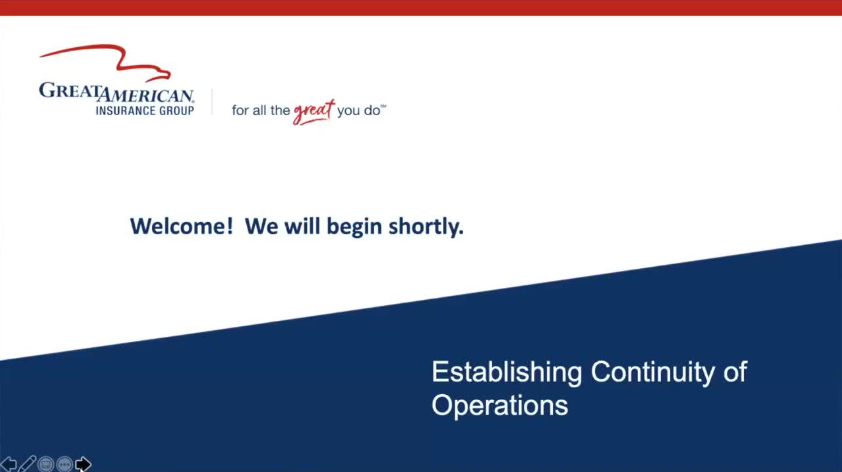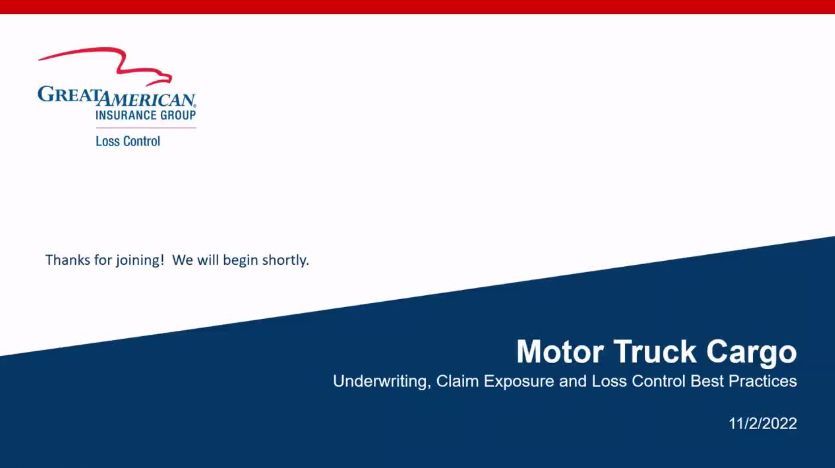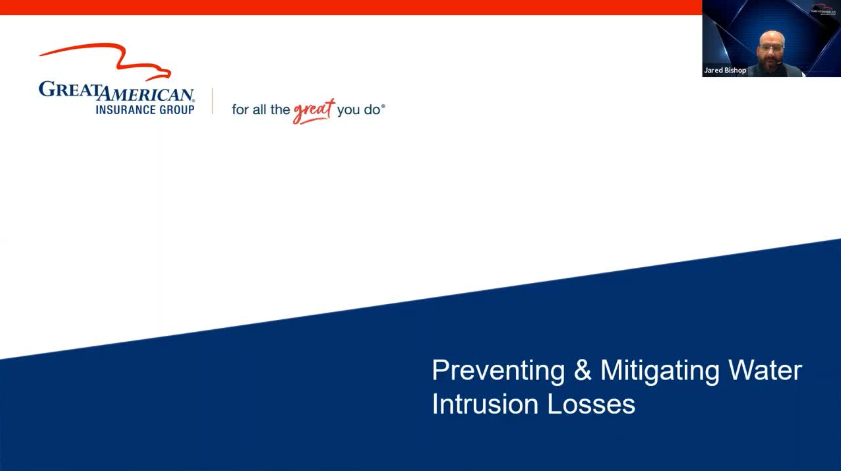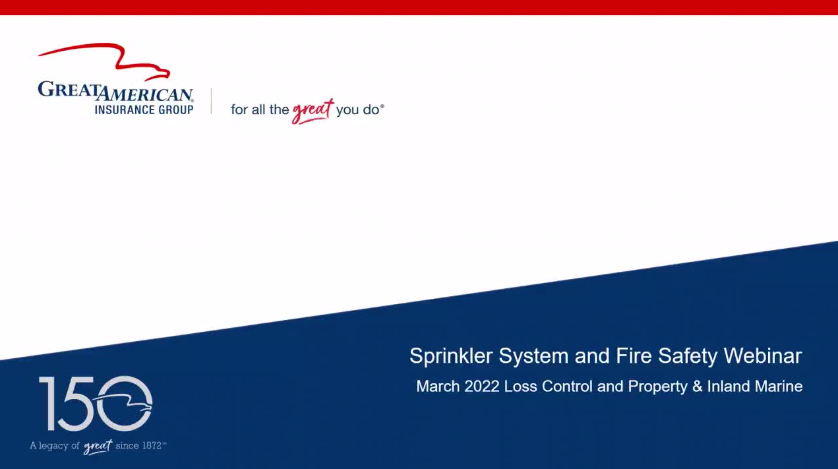Creating Effective Policies for Personal Use of Company Vehicles

Allowing company vehicles to be used for personal purposes might appear harmless, but it can expose your business to significant risks.
Organizations should carefully evaluate whether to permit personal use of vehicles and, if so, to what extent. This decision should be tailored to the specific needs and circumstances of the organization and its employees. For many organizations, the simplest and most logical approach may be to prohibit personal use altogether, clearly stating in the policy that it is not allowed under any circumstances.
However, for some organizations, allowing the personal use of vehicles can be a significant incentive to offer as part of the benefits package. It might also be necessary to enhance timeliness and efficiency when employees regularly travel for their work. In these instances, having the right policies and procedures in place is important to help ensure employee safety and protect company assets.
Policies and Procedures for Personal Use of Company Vehicles
There are many parameters to consider with business-related driving, including, but not limited to, eligibility, screening, conduct, inspections, and maintenance and repair. In addition to your existing vehicle safety policies, it is important to establish a policy around usage when allowing the personal use of company-owned vehicles.
At a minimum, the policies and procedures should clearly define the following:
- Who is authorized to drive and when
- Appropriate behaviors behind the wheel
- Vehicle maintenance requirements
Consider the following when allowing the personal use of company vehicles:
Authorized Drivers
Personal use is typically limited to the employee, but sometimes it is extended to a spouse or other family member. If permission is extended beyond the employee, it should be clearly defined who is allowed to drive. Additionally, it is important to ensure that all authorized drivers are licensed and adequately insured. This helps mitigate liability and ensure that only qualified individuals are operating the vehicle.
Prohibited Activities and Usages
To help ensure safety and compliance, it is important to clearly outline activities and usages that are not permitted when using company vehicles for personal purposes. In doing this, you should consider the following:
- A suggested best practice is the inclusion of a distracted driving policy that prohibits the use of mobile devices while operating the vehicle.
- It is common to specify that personal use does not include using the vehicle for profit (i.e., taxi, rideshare, etc.).
Authorized Use
The operation of the vehicle should be limited to territories approved in the company policy.
To further manage risk exposure, it is important to establish rules around when personal use is allowed. This can range from unlimited personal usage to more restrictive policies, such as the following:
- Restricting personal use to commuting to and from work sites.
- Establishing a maximum number of allowable monthly personal miles
- Allowing personal use on certain days of the week only, such as weekends or weekdays
Any additional restrictions should be thoroughly outlined.
Vehicle Modification
Organizations with company vehicles typically want them returned in the same condition they were assigned, less normal wear and tear. Therefore, it is important to state that modifications are prohibited. Examples of prohibited modifications include changing the exterior color, tinting windows, and installing new units.
Addressing Policy Violations
It is also important for employers to decide how they will address violations of the personal usage policy with a defined range of disciplinary actions that correspond to the severity of the violation.
What constitutes a violation of the personal usage policy should be clearly outlined. This can include actions such as allowing unauthorized individuals to drive the vehicle, using the vehicle for prohibited activities, or failing to adhere to maintenance requirements.
By defining these violations, you can help ensure that all employees understand the consequences of non-compliance and help maintain a culture of accountability and safety.
Successfully Implement a Personal Use Policy Today
When making decisions that craft company vehicle policy, a useful tenet to follow is that any allowance creates/increases risk. In other words, organizations are simply more at risk when allowing any personal use than prohibiting it. The more permissions granted to employees, the more controls become necessary to address the risk.
Formalization and communication of the company vehicle policy are important for it to achieve its purpose. Once a company decides on the above factors, policies should become official in writing. Management should help ensure employees stay informed through a robust employee handbook or auto/fleet policy and effective training.














